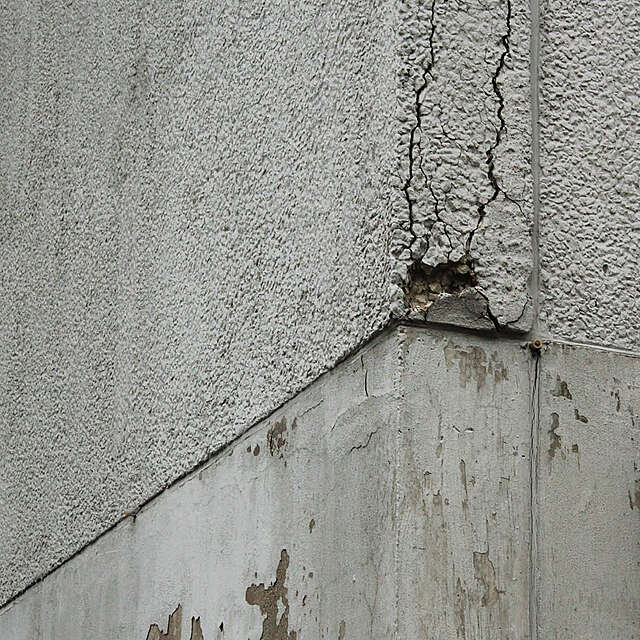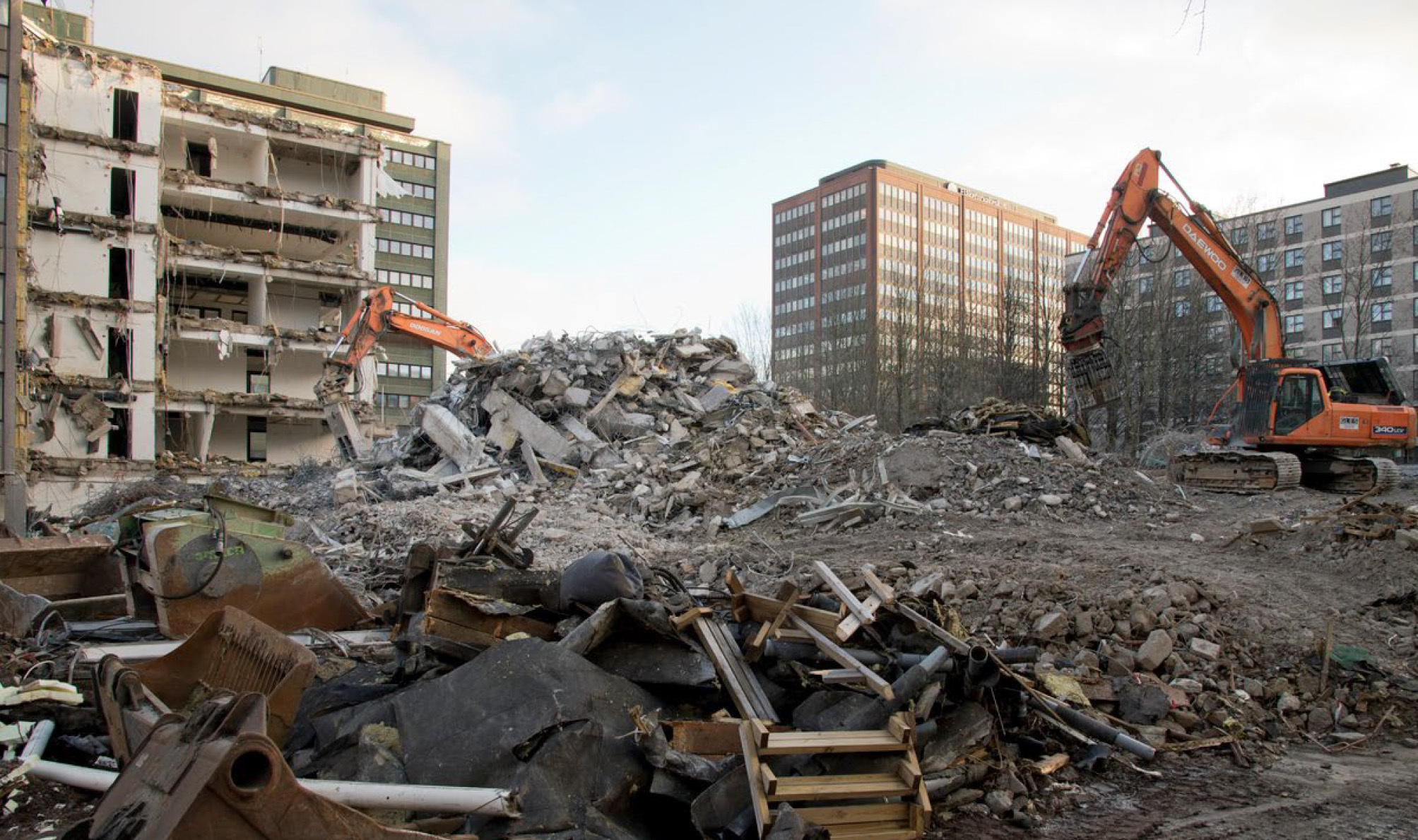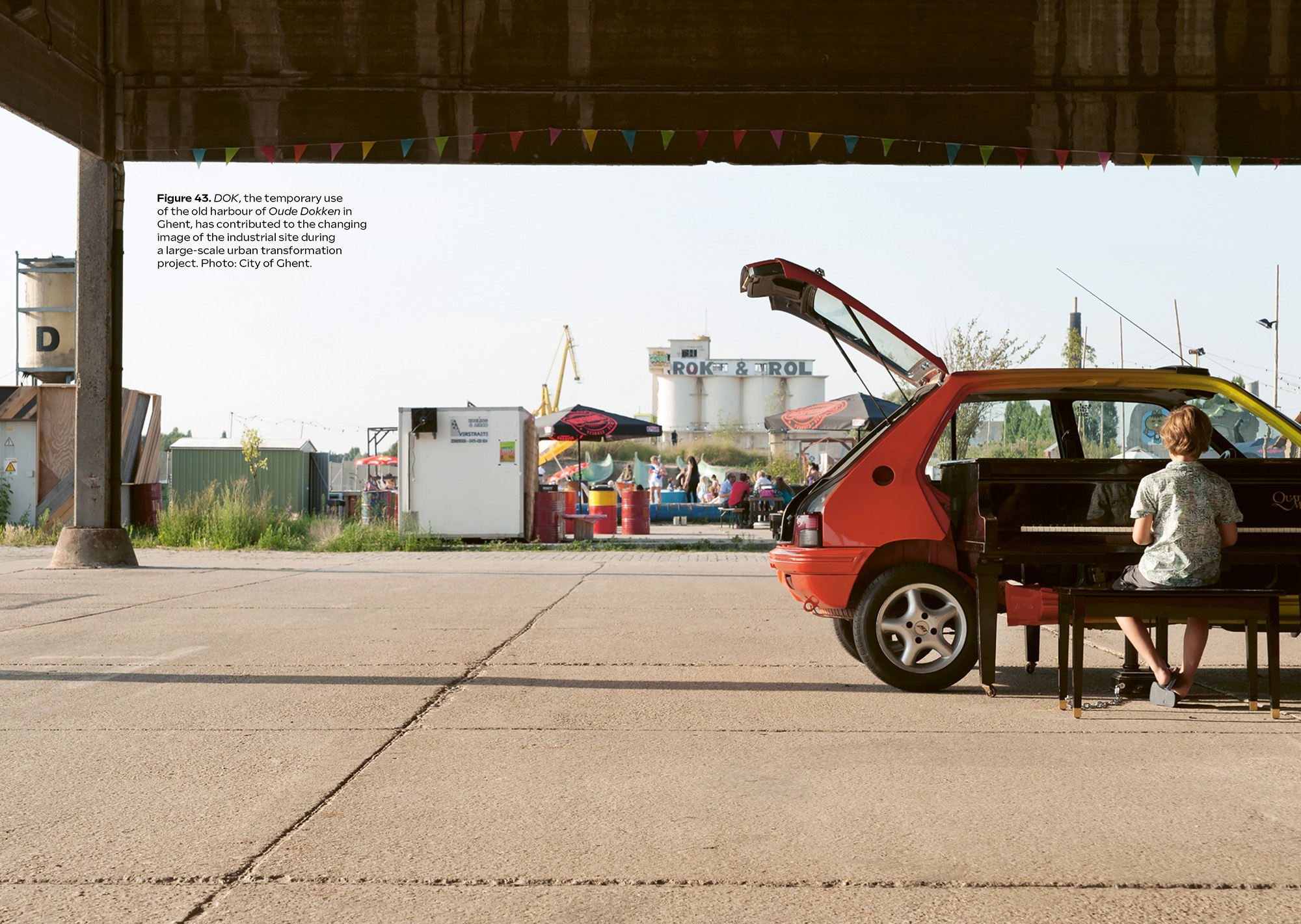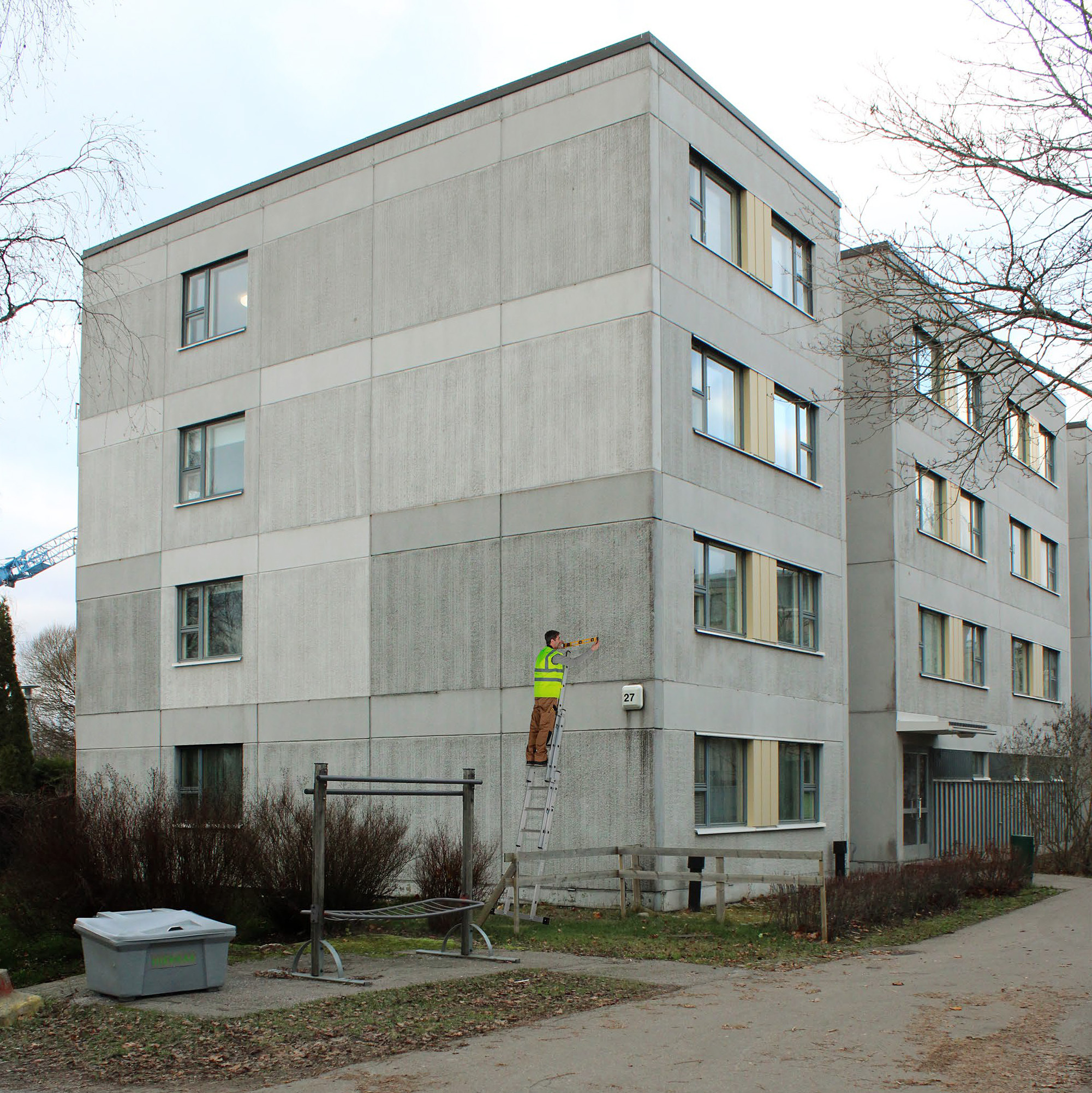The era of environmental crises calls for architecture based on care and maintenance

Matti Jänkälä
Instead of forcing the built environment to fit the needs of humankind, human activity should be fitted to the existing built environment. This is what the architect and co-founder of the You Tell Me collective, Matti Jänkälä muses in his essay. The text is the first part in our series of writings titled Everyone's Architecture.
“Seemingly static buildings are actually pieces of mining equipment, actively devouring the planet. In an important sense, buildings do not stand on the solid ground of the site in which they appear but instead in the holes of extractions from all the distant grounds that do not appear. […] …the supposed life sustained inside and around buildings is propped up by an economy of death at a distance that is in no way accidental. Buildings give shape to death.”
This is how Mark Wigley formulates his thoughts in his text "Returning the Gift: Running Architecture in Reverse”, published in the book Non-Extractive Architecture Vol. 1.
Wigley’s article discusses how a pessimism towards architecture may provide a useful guideline for design practices in the era of climate crises. We architects like to talk about the positive force of architecture and its ability to create a good environment as well as solve societal challenges. Less attention is paid to the destructive power of architecture, which manifests not only in environmental crises but also as social disruption. Wigley’s thinking is challenging yet important.
Architecture without new construction
New construction not only consumes resources and takes habitataway from other species, it also contributes to the destruction of the existing built environment. New construction creates obsolescence in the building stock as building users follow trends and shift from older buildings to newer, more desirable spaces.
As cities are renewed through the demolition of existing building stock, the act of new construction displaces communities. Especially in the 21st century, the construction sector has served as a producer of investment instruments, filling the centers of major cities with business premises and apartments which are rather kept empty than offered at a lower price to residents or other users.

As the climate crisis deepens, new construction has been faced with more scepticism. The French architect and researcher, Charlotte Malterre-Barthes launched the initiative A Global Moratorium on New Construction demanding a halt of new construction, demolition and extraction, so that the construction sector could realign itself to better respond to the needs of society.
In the aftermath of a construction boom that has led to the climate crisis it is worth posing the question: What if we already have all the buildings that we need? Not unlike biodiversity, the existing built environment also embodies an immense diversity of aesthetics, construction methods, and architecture. What if society’s needs could already be fitted into the existing built environment?
Architecture of care and maintenance
Working with the existing building stock requires a re-evaluation of the role of architects and of practices in the field. The motto of modern architecture, “Form Follows Function”, aimed to produce functional spaces for a specific use. In the words of the Dutch architect Wessel de Jong when working with existing buildings this saying is reversed: “Function Follows Form”. Instead of bending the built environment to fit our needs, perhaps humankind ought to adjustits actions to accommodate the existing built environment.
The existing building stock contains an immense diversity of spaces. Architects could be key figures in matching new appropriate functions to existing spaces, as proposed by the Finnish architect, Hella Hernberg in her doctoral dissertation, for instance. Nurturing of such diversity in the building stock necessitates an architecture of care and maintenance over new construction.

The repair and maintenance of buildings could be likened to healthcare of the human body. When you need surgery, you will want the best possible surgeon. However, surgery is a violent procedure, which includes risks of complications. You will want to avoid surgeryas long as it is possible to proceed with less drastic measures. In the case of building maintenance, the focus shouldshift from major renovations to continuous and preventative building maintenance.
Environments are never complete, but rather constantly under construction. In his essay “Living in a House”, the Prizker-awarded architect, Álvaro Siza depicts how living in an “real house” is a full-time job of fighting againstthe decay of the house and the disorder that builds up inside it. The maintenance work, as described by Siza, is not always seen as actual work.
In her book Maintenance Architecture, the architect, Hillary Sample describes how the privatisation of our consumption also privatises care work. The public spectacle of washing the glass facades of major cities turns into invisible domestic work where the residents take part in cleaning their apartments, and such work is not seen as necessary to ensure the functioning of society and something that requires compensation.
A lifelong relationship with a building
The maintenance of buildings does not sit well with the concept of shiny, readymade buildings and “maintenance free” materials introduced by modernism. Taking a stand to defy the modernist culture of novelty and single-use, the architectural theorist Peter Maxwell’s text – “Understanding Repair” – proposes a new kind of relationship based on understanding and respect between humans and the things we own (and why not also buildings?). This requires a different kind of intimate knowledge of buildings than that which contemporary society is used to.
In the case of existing building elements, not everything can be predicted with the same precision as in new construction – where the uniform elements are provided fresh from the factory. It is often those who use and maintain such buildings that have the best knowledge on their state, which faults can one live with and which require action. The relationship with buildings proposed by Maxwell would require more time to get to know them than that which property managers, renovation builders, and architects are typically given.

Architects could have a more prominent role throughout the buildings’ life cycle. The concept of post-occupancy has been proposed as an opportunity to continue the relationship of the architect and the building also after the construction period. Perhaps a life-long relationship with a building could guide the design to better accommodate for maintenance needs.
While care and maintenance work have been relegated to the background of the architectural profession, they play a crucial role in the life cycle of buildings, and in enabling all the activity that takes place in the built environment.
It is worthwhile to pose the question why instead of focusing on the necessary care and maintenance work the construction sector chooses to focus on new construction , when its ability to respond to societal challenges has been widely questioned. Stepping away from new construction forces architects to re-evaluate their role.
Is architecture without new construction stagnant and concervative? Or could architecture of maintenance offer architects a possibility to work in a way that truly serves the needs of society, and thus provide whole new pathways beyond the conservative construction sector? Are architects willing to see maintenance work as architecture?
Matti Jänkälä is an architect whose special interests are modern building heritage, justice in urban development, and the study of the architect's role in the era of the Anthropocene. His Master’s thesis at Aalto University – "Mass Produced Heritage – Preserving Modern Housing in Finland" (2022) – dealt with extending the life cycle of 1970s prefabricated residential buildings, assessing the building stock, and questions related to repair and maintenance. Jänkälä is one of the founding members of the You Tell Me collective of young architects. In addition to working with architecture, Jänkälä produces the multidisciplinary Art For All festival.
More about the author: mattijankala.fi
The series of writings Everyone's Architecture dives into the social debate around architecture. We need diverse perspectives on how architecture can strengthen both people's well-being and environmental sustainability. Socially, ecologically, and culturally sustainable architecture is based on an active discussion about how society and the living environment should be constructed. The series presents perspectives on the various themes of Finland's architectural policy programme 2022–2035. An open-minded discussion is encouraged. The series has been realised in cooperation with the You Tell Me collective of young architects. The goal of the collective is to promote a change in thinking within the construction sector through peer-to-peer learning and sharing information, and by expanding the discussion on architecture beyond professionals in the field.


